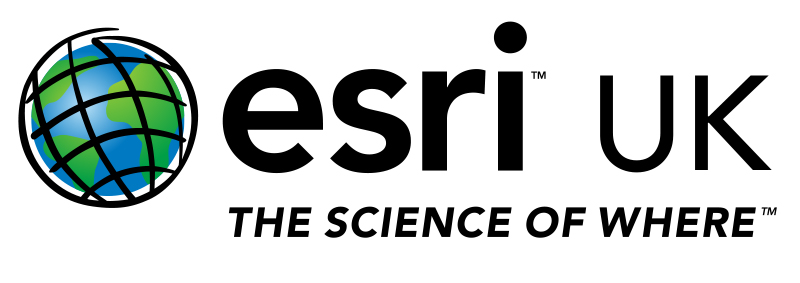Making sense of The Internet of Things - why understanding location is critical to success
/The Internet of things (IoT) is the name given to the technology that enables internet connected devices (or sensors) to collect and exchange data with other connected mechanisms.
The IoT market value is set to reach $11 trillion by 2025 (according to McKinsey), which could equate to approximately 10% of the world’s GDP. Therefore, many organisations around the world are already developing, or have developed solutions to secure their market position. The Internet of Things is set to disrupt existing products and services, and it is understood that the most successful IoT applications will be those that change people’s behaviour, offering new data monetisation opportunities.
In the short term, IoT will be broken down into the “sub-Internet of Things”, as different vertical markets demonstrate what is possible. The sub-Internet of Things includes connected cars, connected homes, smart cities and connected health.
For example, individuals with a heart monitor might like their device to be connected with first responders like doctors and hospitals. However, they potentially wouldn't want this to be connected to “smart city infrastructure” - unless this technology made it possible to navigate the road network in an emergency. This is where the sub-internet of things moves to become the internet of things (also known as the Internet of Everything IoE).
Esri is the world leader in mapping intelligence and spatial analytics. The organisation specialise in understanding the spatial context for the Internet of Things. Location is critical to proximity insight, for example; a connected car could communicate with your home when it reaches a defined radius to turn on the lights and heating - and even open the garage door.
In terms of supply chain management, engine parts can be tracked and delivered “just in time” to ensure organisations maximise their resource efficiency using intelligent mapping and location based services. Whether a part is being delivered by crate, lorry, van or by a drone these assets can all be connected and tracked using the Esri ArcGIS platform.
So what’s different about Esri’s mapping technology compared to other solutions? Well Esri specialise in mapping technology, it’s our core business. We have a strong heritage in mapping and spatial analytics since 1969 and over the last two years we have enhanced our cloud platform in a way that supports big data, making the solutions we provide highly robust and scalable. Also, Esri technology is integrated with major business systems to ensure our clients' systems (HP, SAP, IBM etc) are connected too. In addition, ESRI technology can support huge quantities of geo-processing in near real-time. Therefore, systems can talk to each other about their location and proximity to other assets, anywhere in the world.
By leveraging Esri’s ArcGIS platform for IoT proximity alerts, business don’t have to develop these capabilities themselves from scratch, delivering agility and flexibility, in a very fast moving market place.
Esri’s big data analytical capabilities can also be used to understand trends and then predict the future, making companies more proactive rather than reactive. For example, understanding poor road conditions and previous accidents will provide connected car drivers intelligence on potential incident hot spots, so they have time to slow their vehicle down to avoid a potential accident.
In summary, Esri’s Geographic Information Systems (GIS) platform offers bespoke and OOTB capabilities for organisations developing internet of things (IoT) solutions which require location context or geo-processing mechanisms. For more information call Richard Stevenson, Business Manager at Esri on 01296 745500.
See also:
Jack Dangermond, Esri CEO, on geo-analytics and IoT: “We are limited only by our collective imaginations”
The Central Intelligence Atlas - how BI is going visual, Information Age
Microsoft IoT Blog: How Microsoft and Esri work together to fuel innovation through location-based services


